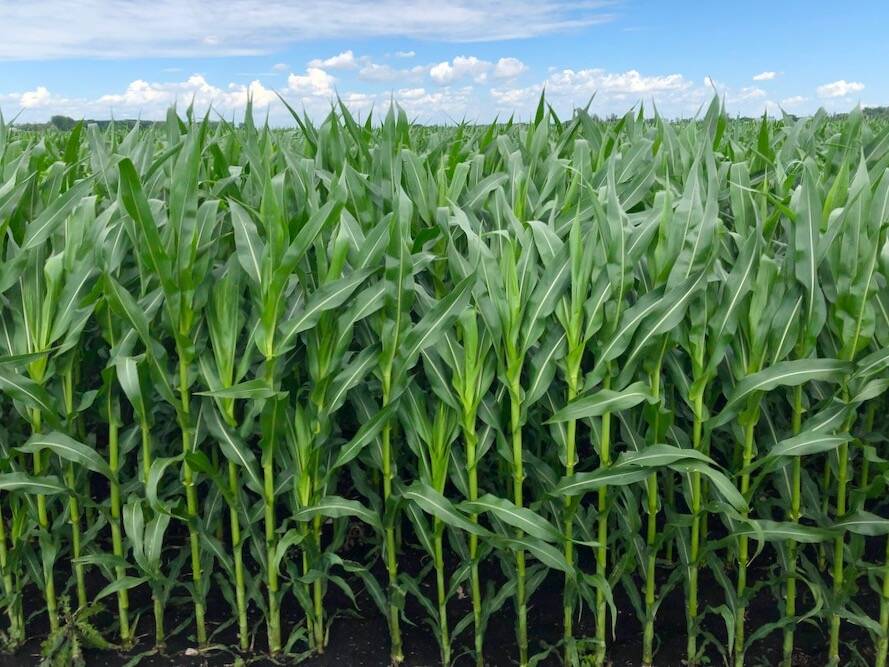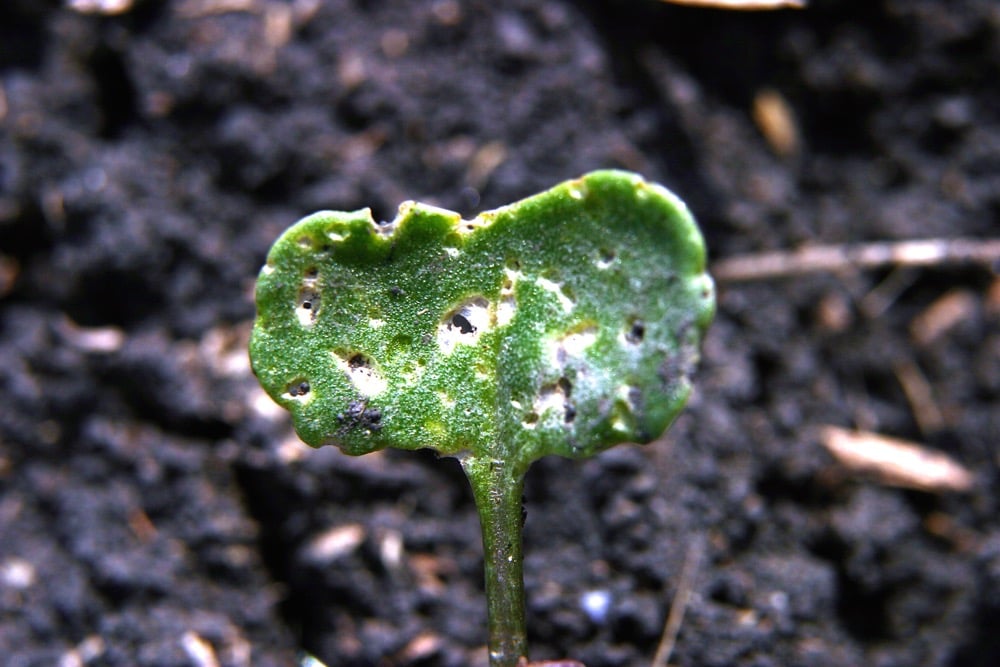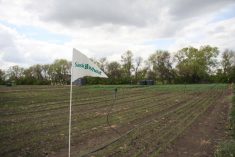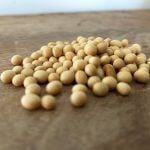The one nice thing about striped and crucifer flea beetles is that they’re quite easy to tell apart. And based on previous years, you should already have a fairly good idea of whether you have one or the other species in your fields.
Here are few key things to remember about striped and crucifer flea beetles: Crucifer flea beetles need warmer temperatures to emerge and feed, which means you can generally scout in the afternoon to determine whether or not they’re present.
Striped flea beetles, on the other hand, can feed at much cooler temperatures — even when your canola isn’t actively growing. So when you’re planting into very cool soils early in the spring, you should be scouting early and aggressively until your canola reaches the three to four-leaf stage.
Read Also

Cancer agency reclassifies another herbicide ‘probably carcinogenic’
The WHO’s cancer research agency has now put atrazine, a herbicide well known to corn growers, in the same potential-hazard category where the agency put glyphosate.
Another key is to optimize your stand as much as possible; the Canola Council recommends seven to 10 plants per square foot. Also, make sure you’re not seeing more than 25 per cent damage to the cotyledon.
Remember: if your seeding depth isn’t shallow enough (1/2-inch to one inch) and you have a frost event, there could be a high seedling mortality rate that leaves any surviving plants more vulnerable to feeding. But by seeding shallow, those plants will be able to come up more robust and give you a stronger stand against flea beetle feeding.
Ted Labun is a seedcare technical lead with Syngenta Canada.















